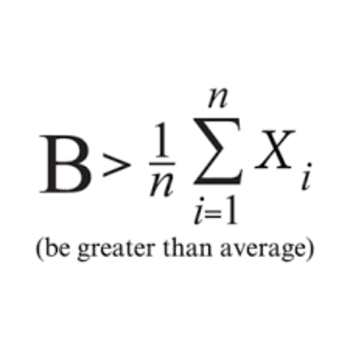How do you find the domain and range of 2(x-3)?
3 Answers
Domain:
Explanation:
The domain is all of the values of
The range is the values of
Explanation:
If you image the function as
From the graph we can see that both x and y go on towards infinity, which means that it stretches through all values of x and all values of y, and the fractions of it.
Domain is about: "Which x values can or cannot my function take?" and Range is the same but for the y values the function can or cannot take. However, from the graph we can see that all real values are acceptable answers.
graph{y=2(x-3) [-10, 10, -5, 5]}
Because there are no x values for which a y value does not exist, the domain is all real numbers. The range is also all real numbers.
Explanation:
The domain of a function is all possible x values that encompass the solution set. Discontinuities in the domain come from functions where a domain error is possible, such as rational functions and radical functions.
In a rational function (ex.
In a radical function (ex.
(note: for radical functions with an odd root, such as cube roots or 5th roots, negative numbers are within the solution set)
There are other functions which can produce domain errors, but for algebra, these two are the most common.
The range of a function is all the possible y values, to find these it is useful to look at the graph of a function.
Looking at the graph of
If you are unsure of the range of a function, the best way to tell is to look at the graph and see the upper and lower limits of the y values.



